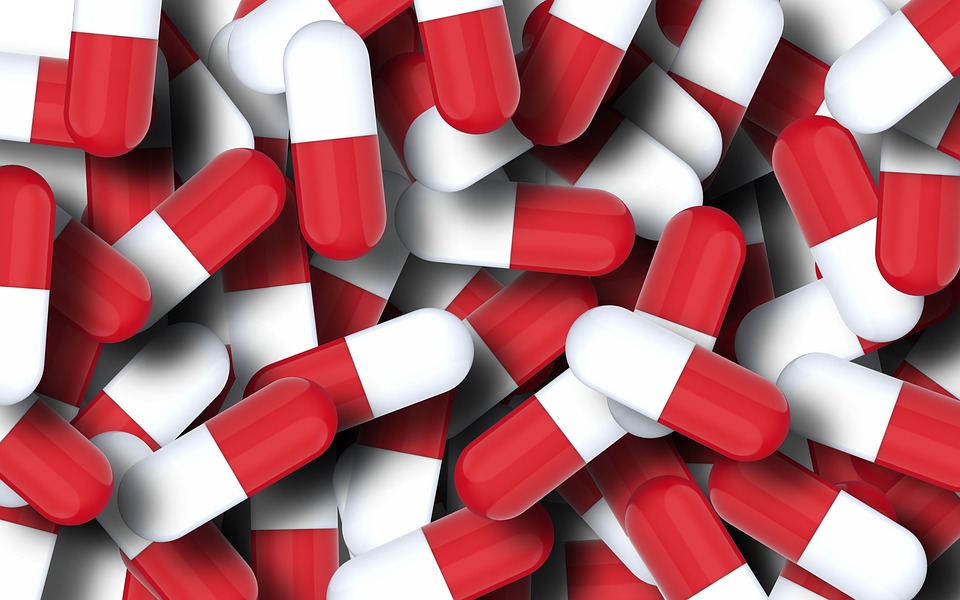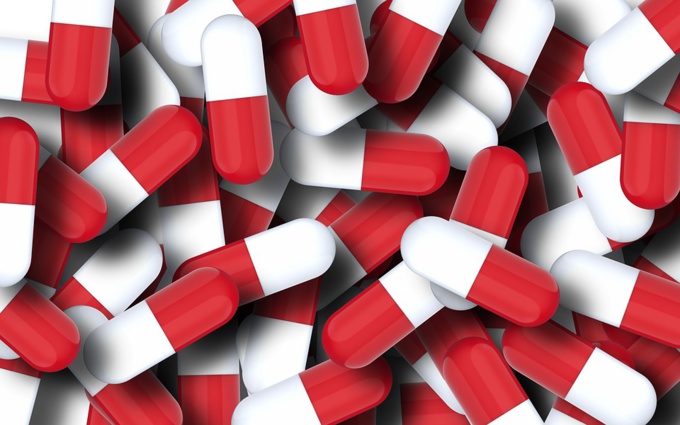Nevertheless, the Financial Times’ study revealed that the pharmaceutical corporations continue to earn billions on its drug brands even after expiration of patent protection. Besides, marketing campaigns, aimed at to get consumers to choose the original product, sometimes go too far.
For example, Pfizer has a division responsible for US sales of drugs with expired patents. In the first half of 2016, the division brought revenue of almost $ 2 billion. One such Pfizer’s drugs is Lipitor, a medication for reducing cholesterol and risk of heart attacks. 20 mg of the drug cost $ 10 in the United States, and the same dose of generic - about $ 0.06.
Eli Lilly created antidepressant Prozac in 1987. In the first half of 2016, the company earned $ 35 million selling the drug in the United States. Generics of this drug have been present on the market during 15 years.
Theoretically, a patent keeps rights for a new drug away from the competition in the US five to seven years after product launch. In practice, this term lasts much more. Many corporations add minor changes to the formula, and update the patent, while other financially encourage manufacturers to play for time. Once a substitute still appears on the market, pharmaceutical companies frequently change tactics, and try to convince patients, physicians and pharmacists not to abandon the original drug.
AstraZeneca’s attempts to protect its Crestor failed. The corporation tried to ban the drug’s cheaper counterparts with help of regulators and courts. After that, AstraZeneca launched a website and urges patients not to give up the original drug in favor of generics. It would be illegal in most developed countries, except New Zealand and the United States, where the law does not direct marketing of medications. "Over the past 12 years, millions of people, just like you, have significantly reduced their cholesterol by using Crestor. However, not all medications, including generics, are equally well "- reads the website.
Process of developing an original drug is a long and costly. Companies spend huge money on search for new molecules and product launch, so naturally, manufacturers try to recoup the investments. This is the main objective that determines price for drug. Cost of developing innovative molecules is estimated at one billion dollars or more, so new medicines are often quite pricey.
Mass media, talking about development of drugs, pronounce even larger sums of up to two billion dollars. This figure is made up of specific components, such as losses from unsuccessful development of other drugs plus administrative costs. The final cost takes into account all expenses for 10-15 years that have passed since beginning of the development and before release on the market, including loss of profits. That is, the figure, among other things, consists of all that the company could earn if invested this money in other sources. Given marketing costs, this all ends up with a very huge amount for consumers.
Copies of traditional medicines, i.e. generic drugs, are much cheaper.
Generic manufacturers do not need to create a formula from scratch after patent on the original drug expired. They only need to reproduce what is already there, and it's much easier and cheaper. Generics can significantly reduce cost of treatment and increase availability of modern, advanced treatment to a larger number of patients.
source: ft.com
For example, Pfizer has a division responsible for US sales of drugs with expired patents. In the first half of 2016, the division brought revenue of almost $ 2 billion. One such Pfizer’s drugs is Lipitor, a medication for reducing cholesterol and risk of heart attacks. 20 mg of the drug cost $ 10 in the United States, and the same dose of generic - about $ 0.06.
Eli Lilly created antidepressant Prozac in 1987. In the first half of 2016, the company earned $ 35 million selling the drug in the United States. Generics of this drug have been present on the market during 15 years.
Theoretically, a patent keeps rights for a new drug away from the competition in the US five to seven years after product launch. In practice, this term lasts much more. Many corporations add minor changes to the formula, and update the patent, while other financially encourage manufacturers to play for time. Once a substitute still appears on the market, pharmaceutical companies frequently change tactics, and try to convince patients, physicians and pharmacists not to abandon the original drug.
AstraZeneca’s attempts to protect its Crestor failed. The corporation tried to ban the drug’s cheaper counterparts with help of regulators and courts. After that, AstraZeneca launched a website and urges patients not to give up the original drug in favor of generics. It would be illegal in most developed countries, except New Zealand and the United States, where the law does not direct marketing of medications. "Over the past 12 years, millions of people, just like you, have significantly reduced their cholesterol by using Crestor. However, not all medications, including generics, are equally well "- reads the website.
Process of developing an original drug is a long and costly. Companies spend huge money on search for new molecules and product launch, so naturally, manufacturers try to recoup the investments. This is the main objective that determines price for drug. Cost of developing innovative molecules is estimated at one billion dollars or more, so new medicines are often quite pricey.
Mass media, talking about development of drugs, pronounce even larger sums of up to two billion dollars. This figure is made up of specific components, such as losses from unsuccessful development of other drugs plus administrative costs. The final cost takes into account all expenses for 10-15 years that have passed since beginning of the development and before release on the market, including loss of profits. That is, the figure, among other things, consists of all that the company could earn if invested this money in other sources. Given marketing costs, this all ends up with a very huge amount for consumers.
Copies of traditional medicines, i.e. generic drugs, are much cheaper.
Generic manufacturers do not need to create a formula from scratch after patent on the original drug expired. They only need to reproduce what is already there, and it's much easier and cheaper. Generics can significantly reduce cost of treatment and increase availability of modern, advanced treatment to a larger number of patients.
source: ft.com



















